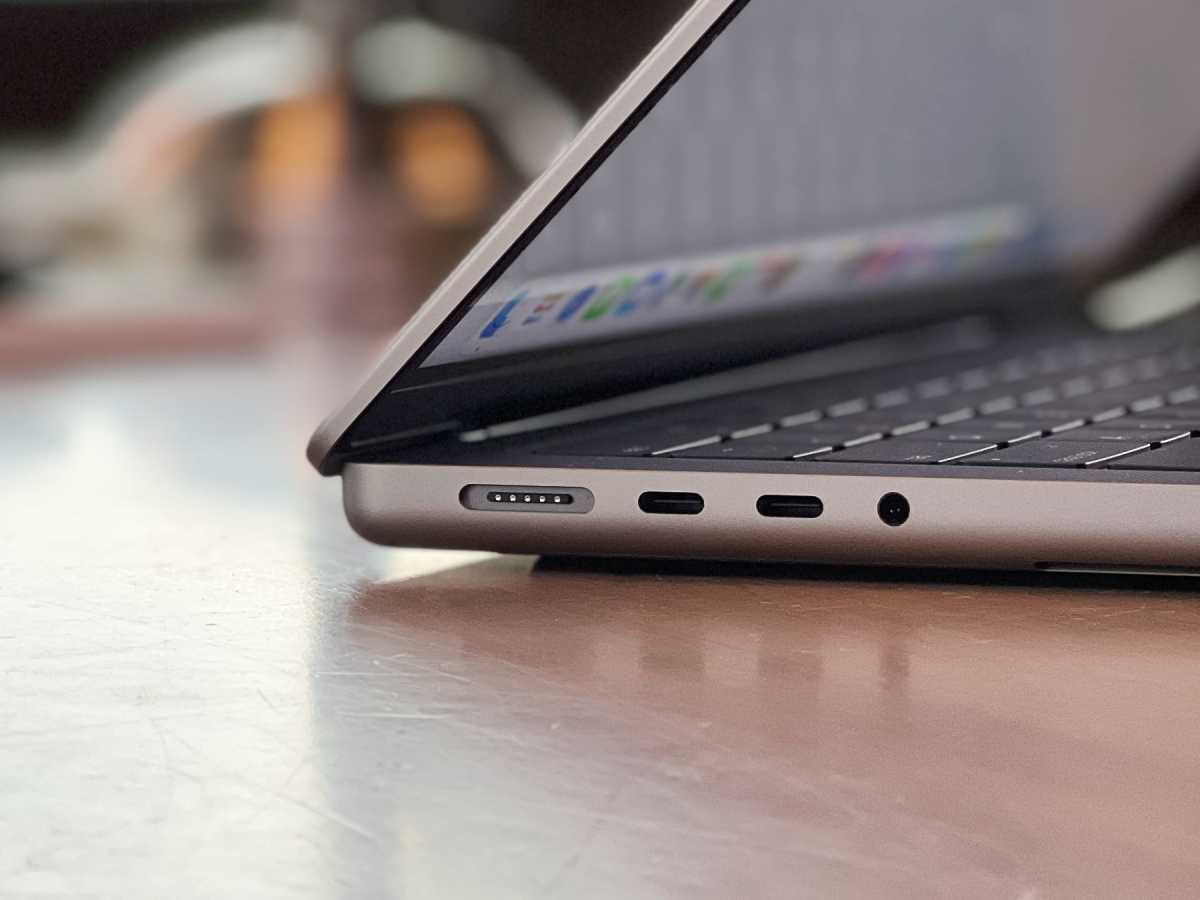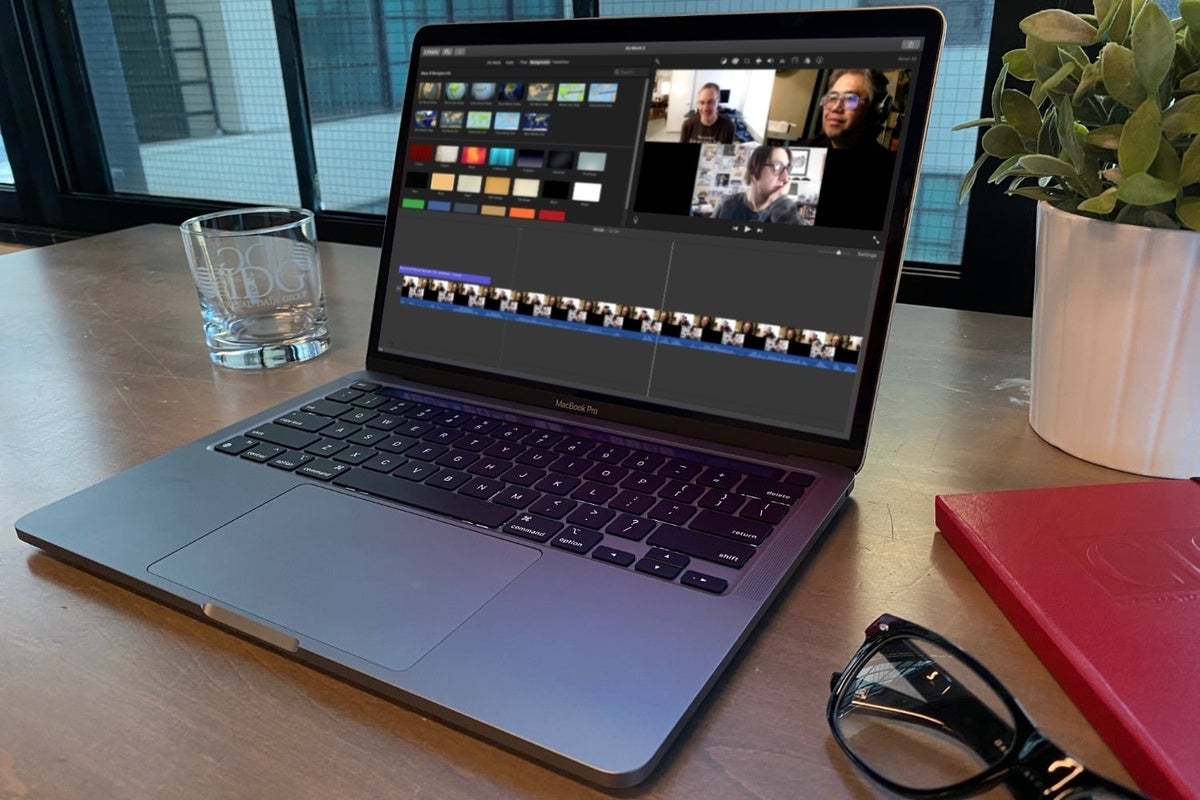Whenever you purchase a brand new iPhone, getting it all set up takes minutes. All you want to do is again up your previous cellphone and register to your iCloud account in your new cellphone, and you may choose up proper the place you left off, house display screen structure, open Safari tabs, and all.
It’s not fairly as easy on the Mac. Whereas Apple presents a number of methods to switch recordsdata from one machine to a different, none of it is so simple as iCloud backups on iOS. But when which toggles to flip, apps to sync, and folders to share, it doesn’t should be so arduous. Simply observe our information to getting every little thing arrange in your new Mac.
Apple providers, passwords, and apps
First the simple stuff. In case you subscribe to any Apple providers, you solely must log into your iCloud account for the suitable service—Music, TV, Arcade, Information, and so forth.—to get again in sync. Your music and film library, favourite exhibits, video games, channels, and magazines will all sync and be able to go.
The identical goes for the opposite Apple apps you employ: Mail, Contacts, Calendar, Safari, Images, and Notes, in addition to any saved passwords in your keychain. And since Safari is actually a password supervisor now, you’ll have the ability to see all your saved passwords out of your previous machine regardless of what number of years it’s been because you final logged in. Simply head over to the Apple Account tab in System Preferences (or iCloud in pre-Catalina macOS) and ensure every little thing you wish to sync is checked off.
iCloud Drive
There won’t be an official option to again up every little thing to Apple’s on-line locker, however you’ll be able to nonetheless use your iCloud account to switch vital recordsdata between machines. Inside the identical Apple Account/iCloud preferences above, you’ll see a Desktop and Paperwork Folders checkbox, which can sync your file throughout all your gadgets.
You’ll want some area, although. Apple solely provides you 5GB of free area per account, so that you’ll seemingly want extra if you wish to retailer a bunch of recordsdata. Apple presents monthly storage plans of 50GB for a buck, 200GB for $3, and 2TB for $10.
Whenever you log into your new Mac, you need to see an iCloud tab within the sidebar of your Finder window, but when it’s not there, you’ll be able to add it within the Finder Preferences. As soon as they seem, you merely want to pull out the related recordsdata to your desktop and obtain any paperwork you wish to retailer domestically by clicking on the cloud icon.
You may also use your iCloud Drive to switch recordsdata that aren’t in your Paperwork folder simply by dragging them in. For instance, if you wish to save all your downloads, merely drag the folder out of your previous Mac into your iCloud Drive and drag it out once more in your new Mac.
Migration Assistant
For the remainder of your knowledge—apps, media, tasks, downloads, and so forth.—you should use Apple’s built-in Migration Assistant. Throughout setup in your M1 MacBook, you’ll be offered with an choice for transferring your knowledge from a Mac.
To start out the method, you’ll must open Migration Assistant in your previous Mac, which may be discovered contained in the Utilities folder in Functions, and join the 2 machines utilizing Wi-Fi or utilizing a USB-C cable (which can be a lot sooner). Then, merely choose what you wish to switch to your new Mac (Functions, Customers, Different Information, and System/Community Preferences), and click on proceed. You’ll in all probability must let it run for some time, particularly for those who’re transferring over Wi-Fi, however as soon as it’s accomplished, all your recordsdata can be on each machines.

You should utilize the Thunderbolt 4/USB-C ports on the MacBook Professional to switch your knowledge.
IDG
You may also select to finish this course of after you’ve gone by means of the preliminary Mac setup however launching Migration Assistant on each machines. That means you gained’t have to attend a second longer to begin utilizing your new Mac.
Time Machine
Lastly, the best possible option to get your new Mac wanting like your previous one is to revive from a Time Machine backup. You’ll want an exterior drive to get issues going, however when you plug it in, you’ll have the ability to make a full-on clone of your previous machine that may restore to your new one.
To get began, plug in your drive and head over to the Time Machine tab in System Preferences. Choose your disk, choose any folders that you simply wish to exclude from the backup, and begin the method. Your first backup will seemingly take a few hours, however subsequent backups—which can be accomplished each day and saved month-to-month for those who choose to again Up Routinely—will take mere minutes.
Whenever you’re establishing your new machine, you’ll solely want to pick out the most recent Time Machine backup to revive every little thing in your previous machine to your new one. It’ll be simply as for those who had been utilizing the brand new M1 MacBook all alongside, with all your apps and recordsdata the place they belong.
Customization
It doesn’t matter what technique or strategies you selected above, the one factor you’ll must do is change your wallpaper, arrange your Dock, and tweak every other look settings you’d wish to customise. In case you’ve turned on the System Preferences sync within the iCloud settings, some small settings will migrate over (just like the place of the Dock, for example), however the bigger issues will must be re-adjusted. Simply consider it as an opportunity to begin recent.
For the reason that new MacBook Professional has a notch, you may additionally wish to contemplate a menu bar utility to maintain issues organized. We’re massive followers of Bartender 4, which we gave 5 stars in our current evaluation. You may also wish to choose a darker wallpaper that hides the dock.
Michael Simon has been overlaying Apple because the iPod was the iWalk. His obsession with know-how goes again to his first PC—the IBM Thinkpad with the lift-up keyboard for swapping out the drive. He is nonetheless ready for that to come back again in type tbh.


